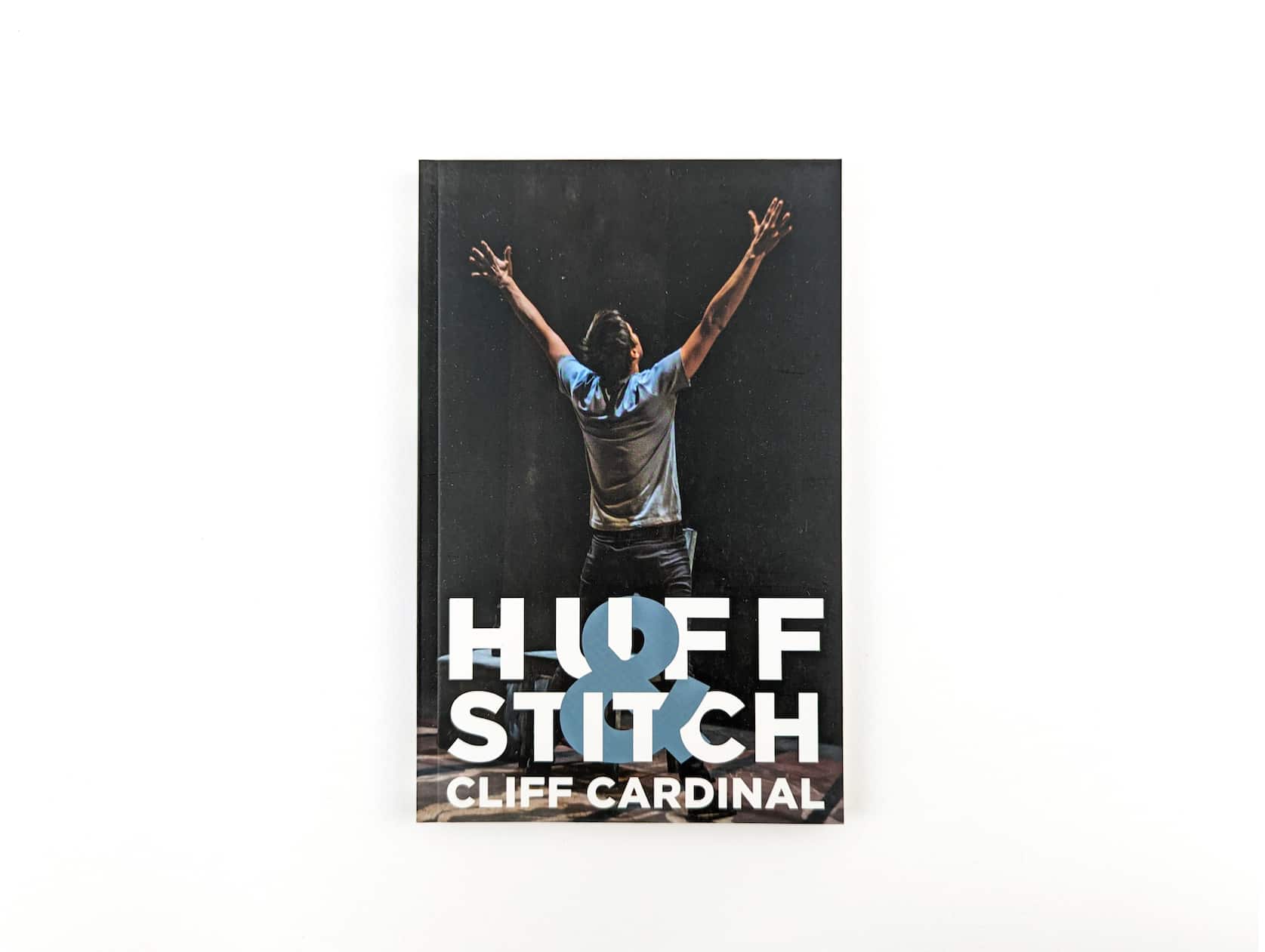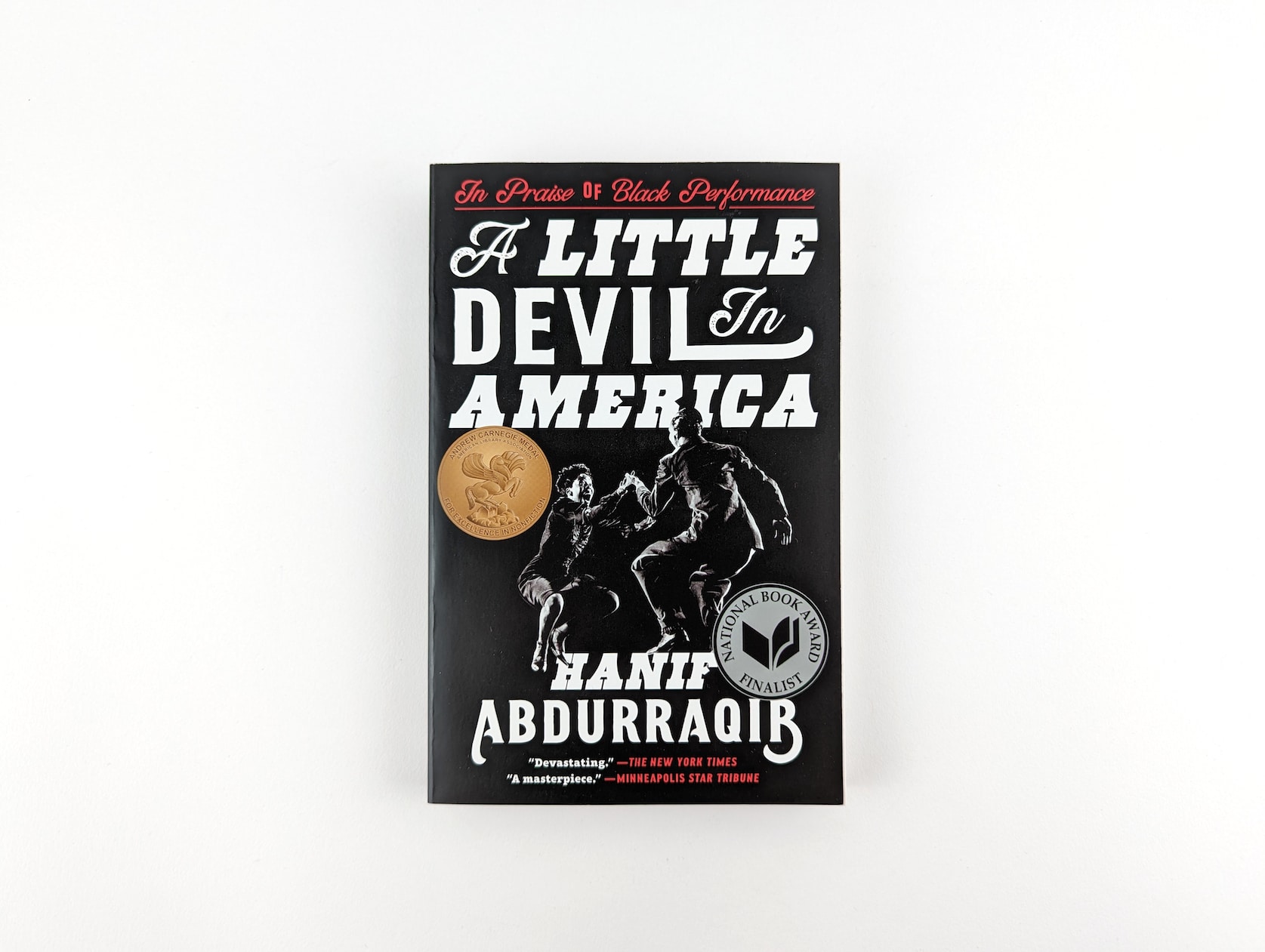Okay, so you’ve decided that you want to see some theatre. Awesome! You browse the entertainment listings and find yourself feeling overwhelmed by the choices. How do you decide which show to see? What’s your decision-making process?
We’ve created the flow chart quiz below to help you determine the type of show you want to see. Once you’ve completed the quiz, scroll down below for more information and further tips & tricks on how to best experience live theatre.
Download a PDF version of this quiz.
Download a PDF version of this quiz.
What type of theatre are you in the mood for? + What types of theatre are there?
As you can see from our flow chart quiz, there are many types of theatre to choose from. The following list provides more details about the categories we’ve featured, but it’s by no means exhaustive. We’ve only included what we believe are the main types of theatre based on Western-style performing arts. We’ll cover more types in the upcoming posts of our Theatre Series.
- Dramatic stage play. Much like TV series and movies of this kind, these are serious, moving, thought-provoking stories. They can include historical drama and biographies, as well as plays about serious social issues and relationships. This category offers a broad range of choices, from old-school (or even ancient-school) plays like Greek tragedies (more on tragedy in a moment) and period pieces like the works of Shakespeare or Henrik Ibsen, to more modern plays like A Raisin in the Sun, Clybourne Park and Heroes of the Fourth Turning. These kinds of plays can also include some comic moments (sometimes referred to as “dramedy”), as well as dark comic moments that make light of otherwise serious or even taboo subject matter. This category also includes tragedy – think of it as drama on steroids – with plays like Oedipus Rex, Hamlet or Death of a Salesman. In this case, often the main character, even if they’re likeable, will be extremely flawed – to the point of contributing to the catastrophic event featured in the play, including their own death. Keep in mind that old-school dramas are getting reimagined, modernized productions these days – making the themes relevant for contemporary audiences – so if you’ve been put off by this type of theatre in the past, it might be a good time to give it another try.

(Photo: Drury Lane Theatre)
- Comedic stage play. Like TV and movie comedies, this type of theatre can include laugh-out-loud good times with funny, light stories and characters; and it can also be heartwarming and poignant, with a message. Like dramatic stage plays, comedic stage plays run the gamut, from old-school plays by George Bernard Shaw, Oscar Wilde and Noel Coward, to contemporary works like da Kink in my hair, Fleabag or The God of Carnage. Dark comedy makes light of otherwise serious or even taboo subject matter (e.g. gallows humour makes fun of death). Sometimes comedies can include moving, dramatic and thought-provoking moments (like the crossover with dramatic plays, also referred to as “dramedy”). Comedic plays can also involve social and/or political satire, poking fun at powerful people – such as politicians, political parties, celebrities, etc. – doing or saying stupid things in a provocative, insightful and entertaining way.
(Photo: Eldritch Theatre’s Eric Woolfe)
- Theatre for young audiences. This kind of theatre is written for – and sometimes even by – kids and/or teens, with each production often geared toward a specific age range. These plays can be comedies, dramas or musicals – and include old-school and contemporary plays – ranging from classic tales like Hugo Bélanger’s adaptation of Pinocchio to more real-life, enlightening and entertaining works like Alicia Richardson’s Sweeter. These productions can involve audience participation, with the audience encouraged to join in from their seats and/or kids being invited to join the actors on stage. There’s something for everyone, with the adults enjoying them as much as the kids, even though adults and kids will notice and process the performance and content in a different way.

(Photo: The Grand Salto Theatre/Myque Franz; photo by Guild Festival Theatre)
- Musical stage play. Not to be confused with plays that include songs and music (which can be any type of play), musical stage plays (usually referred to as “musicals”) use songs, dance and popular music, interspersed with spoken dialogue, to express what the characters are feeling. So instead of talking about it, they sing it — and one, two or more characters will suddenly break out into song and dance to express what isn’t always easily put into words. The two main sub-types are book musicals (which use original songs and music, like in The Sound of Music, Rent or Hamilton) and jukebox musicals (which use established pop songs, like in Mamma Mia!, Moulin Rouge or We Will Rock You).

(Photo credits: Ensemble of Chris, Mrs. – A New Holiday Musical; photo by Max Power Photography)
- Opera. Like musical stage plays, opera uses singing to convey how the characters are feeling. Singing and music replace talking to convey the story. However, unlike musicals, many of which have some spoken dialogue, the dialogue in many operas tends to be sung. Pieces are sung by a single character or by two, three or more, largely using classical music and orchestration. And like the stage plays we’ve been discussing, opera comes in comedic and dramatic flavours, from old-school and contemporary composers – from Mozart and Puccini, to Benjamin Britten and Philip Glass. And the stories aren’t all serious tales of gods or old legends – some are quite fun, like Mozart’s fanciful The Magic Flute; and some also break away from classical music, like the rock opera Tommy. Western-style operas are usually performed in the language they were written in, such as Italian, French or German, and because the lyrics are sung, it can be difficult to make out the words. However, some opera houses nowadays provide surtitle translations projected onto a screen above the stage.

(Photo credits: Interior of Opéra Garnier, Paris, France; photo by Stavros Argyropoulos, CC BY-SA 2.0)
- Dance performance. There’s more to dance than famous classical ballet pieces like Swan Lake or the annual holiday favourite The Nutcracker. Dance tells a story through movement, accompanied by music – performed in any number of dance styles: ballet, modern, tap, jazz, hip-hop, you name it. In addition to the famous ballet companies you may have heard of, there are a lot of modern and even culture-based dance companies and events that you can check out too, like Toronto’s Kaeja d’Dance and the New York-based Alvin Ailey American Dance Theater. Depending on where you live, you may also be able to find a variety of local community dance organizations and events featuring dance originating from various cultural backgrounds, as well as dance training school performances.
(Left photo: Josephine Baker, 1926/27; middle: Martha Graham, 1922; right: Grete Wiesenthal, 1928)
- Sketch comedy show. A series of short, scripted, funny “skits”, like sketch comedy TV shows such as Saturday Night Live, these live shows include a group of actors playing a variety of characters in a series of situations in front of a live audience. And, for the most part, sketches are written by the actors in the group. For example, the comedy club The Second City, which has locations in Toronto, New York and Chicago, showcases sketch comedy shows, with each show often built around a theme.
- Stand-up comedy show. Unlike sketch comedy, stand-up is a solo act, featuring one performer who, for the most part, writes their own jokes and stories. Comedy clubs, in addition to showcasing sketch comedy and improv (more on improv in a later post), offer stand-up shows, which will feature several performers, usually with a more famous or seasoned performer (known as the headliner) going up last. Stand-up shows reflect a vast variety of lived experiences, depending on the performer’s identity and background, with content that can include personal anecdote; social, political and cultural commentary; tall tales and exaggeration; etc. These shows can also be surprisingly poignant, insightful and even take on a confessional quality, with a funny twist on the story or situation.

(Photo: Comedy Is Art. Festival at The Theatre Centre, Toronto, ON, 2023)
- Dinner theatre. Most of us have heard the phrase “dinner and a show”, right? In the case of dinner theatre, dinner and theatre are served up back-to-back in the same venue – in some cases, with the actors waiting tables before the performance. Depending on the city, there’s a great selection to choose from, with various dinner theatre venues offering up everything from murder mystery, to musical theatre, comedy plays, puppetry with music (Famous People Players) and even jousting tournaments (Medieval Times). This category also includes family-friendly options. An online search of your city or region’s dinner theatre offerings will point you in the right direction, and in the US you can also check out the venues listed on the National Dinner Theatre Association’s website here.
What’s the play about?
Like with books, movies and TV, we all have our preferences for what kinds of stories, characters and themes we like to engage in – and theatre is no different. Maybe you like historical or biographical tales, love stories or something with an element of the macabre. Maybe you like plot-driven stories like mysteries or crime procedurals; or character-driven stories about people and relationships. Maybe you prefer straightforward, linear storytelling; or something with quirky, fantastical situations and characters. When you’re browsing online theatre listings or a theatre’s website, check out the play’s synopsis to get an idea of what it’s about. See what appeals to you, even if it’s something you’ve never encountered or never thought of seeing before.
How big a show is it?

(Photo: Interior view, Papermill Theatre, Todmorden Mills Heritage Site, Toronto, ON; City of Toronto Archives)
By “how big”, we’re referring to the venue, cast and production bells and whistles. Do you like big, elaborate, popular shows that everyone’s talking about, with a large cast (that may include famous actors), performed in larger venues, like the Mirvish theatres in Toronto or the famed theatres of NYC’s Broadway and London’s West End? Or do you prefer shows that are less grand, with minimalist staging, a small cast (unknown or not so famous), produced by smaller, independent or community theatre companies, performed in more intimate venues? Not sure? Try them both and see – you may end up liking one or the other, or both.

(Photo: Grand room at Théâtre royal de la Monnaie, Brussels, Belgium, CC0 1.0)
Who’s telling the story?
There are a number of theatre companies that specialize in telling stories from a particular cultural or social lived experience/point of view. These can include companies that amplify and promote Black, Indigenous, Asian, South Asian, 2SLGBTQ+, disabled and feminist storytelling – as well as that of others who’ve been historically marginalized and under-represented on our stages. If you belong to one of those communities, it can be heartening and inspirational to see that representation on stage. And if you don’t identify as belonging to that community, seeing stories coming from a background or perspective that’s different from your own can be interesting and enriching.
You may have heard of the playwright, director or theatre company – the people behind the show that wrote it, directed it and produced it, so these will be points of familiarity. Or you may notice a play listing that you recognize from a TV series like Kim’s Convenience or a movie like Amadeus, which both began as plays and were subsequently adapted for the screen (we may get into play-to-screen adaptations in a future post). For shows at Fringe festivals or smaller/independent (also known as ‘indie’) theatres – which include new or emerging theatre artists – you may not be familiar with the names, but there may be something about the production, like the story (see above), that appeals to you.
Who’s going to be on stage?
Perhaps you care more about the performance itself than about the story. Maybe you’ve learned that a familiar or favourite actor from TV or film is in a play. For instance, the late Christopher Plummer, known for decades of film and television roles, played Prospero in a Stratford Festival production of The Tempest, among other stage roles there. And Gillian Anderson, who many know from TV series like The X-Files, Sex Education and The Crown, has also acted on London and Broadway stages – where folks can often find actors that many will only know from film or TV. Maybe you already knew about a movie/TV actor who also worked in theatre, but you’ve never seen them perform live. Several years ago, YW’s content writer Cate saw Rupert Everett playing Oscar Wilde in The Judas Kiss; before that, she’d only seen him in movies – and there was something magical about seeing him in a live performance. Or maybe someone you know has mentioned a specific actor or member of a creative team who they thought was really good. The more shows you see, the more you’ll recognize actors from previous productions and can pick shows based on your own, personal experience. This takes us to reviews and personal recommendations, which we’ll cover in Part 2 of YW’s Theatre Series.

(Photo credits: Shea’s Performing Arts Center, Buffalo, NY; photo by Reading Tom, CC-BY 2.0)
So, there you go. When choosing what play to see, there’s no right or wrong answer – it’s about what kind of storytelling resonates with you (or what you want to try). Up next in part 2 of this series: navigating reviews and opinions, including your own.












